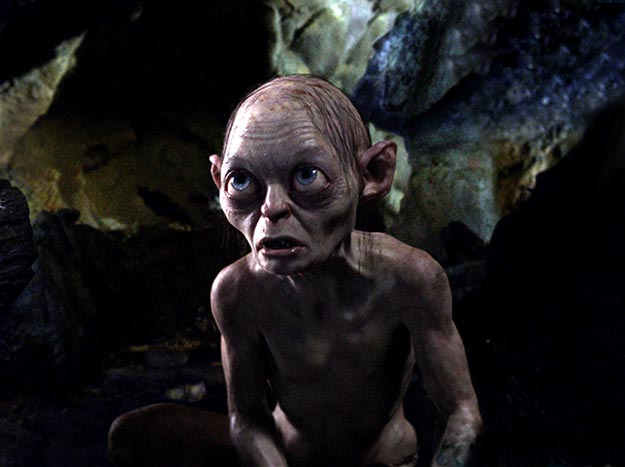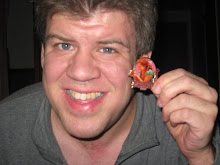Probably the best compliment I can give Peter Jackson's first Hobbit movie is that I now understand the need for two movies. However, I remain unconvinced of the need for three.
My eyebrows raised when it was announced The Hobbit would be split in two, considering The Hobbit is shorter than any of the Lord of the Rings books, and each Rings book only got one movie. (Maybe one and a half if you count the extended editions.) Extending it into three movies makes it sound like the third movie ought to be subtitled, "Journey to the Center of the Wallet."
On the basis of this first movie, however, I will say the time was well spent, if somewhat overspent. Jackson crams so much detail into the story that at times he weighs it down, especially in the first hour. Most of the dwarves blended into each other, and I could have done without quite so many songs. And since we're taking all this time to drink in all this detail, why doesn't Jackson explain why Gandalf can only super-bomb a horde of ugly things only once?
It seems like Jackson and his co-writers Fran Walsh, Phillipa Boyens and Guillermo del Toro made the movie for Tolkein geeks like them - people who know can speak the languages and who know the thread counts of the costumes. If the rest of us got bored, we'd have to grin and bear it.
Fortunately, we don't have to bear it for too long. Once everyone leaves the shire, the movie picks up the pace, and Jackson's fluid camerawork is more exciting than ever. The viewpoint swoops and ducks to breathtaking effect, particularly in a battle between two giant stone mountains. Adding to the drama is the clever foreshadowing of the evil that will come into full flower later.
And even the quieter scenes become more effective in the second half. The game of riddles between Bilbo and Gollum plays wonderfully, alternating between laughs and chills. Gollum seems more alive and present than ever before. As excellent as the effects work was in the Rings movies, there still tended to be a slight remove between the digital creature and the real actors. Here, any blur between reality and fantasy vanishes into thin air.
Speaking of blur, or lack of same, I saw the movie in the much-discussed new format of 48 frames per second, double the normal rate. Theoretically, the idea is to improve the clarity of the images by eliminating motion blur, but sometimes it's clear to a fault. Indoor scenes, with less camera movement have that eerie "soap opera" effect where it looks too pristine to be true. In action scenes and long outdoor shots, however, the effect is indeed immersive. I would have to see the film in standard format to make a thorough comparison.
Luckily, the best parts of the film are good enough for a repeat viewing, especially in 3D. It's the best use of the format I've seen, along with Hugo and Avatar. Like Bilbo Baggins, I went in with fear, but came out glad that I went - even if I was a little worse for the wear.
GRADE: B+
Thursday, December 13, 2012
Subscribe to:
Posts (Atom)


